Table of Contents
In Defense of Food book summary examines Michael Pollan’s In Defense of Food which offers a clear and concise answer to the complicated question of what humans should eat: “Eat food. Not too much. Mostly plants.”
This simple message, however, belies the complex journey Pollan takes the reader on to arrive at such a seemingly straightforward conclusion. The book explores the rise of “nutritionism,” the pitfalls of modern nutritional science, and ultimately provides a framework for reclaiming our health and pleasure as eaters.
“Eat food. Not too much. Mostly plants.”
Part I: The Age of Nutritionism
The book begins by examining the rise of nutritionism, a reductive approach to food that focuses on individual nutrients rather than whole foods. Pollan argues that nutritionism has led us astray, causing widespread confusion and anxiety around eating.
He traces the origins of nutritionism back to scientists like Justus von Liebig, who believed that food could be reduced to its chemical components. This reductionist approach gained momentum in the 20th century, culminating in the low-fat campaign, which Pollan believes has been a major public health failure.
Pollan criticizes the food industry for exploiting nutritionism to market processed foods as healthy. He points out that focusing on individual nutrients allows food manufacturers to engineer products that meet specific nutritional targets while ignoring the overall quality and healthfulness of the food.
The result is a supermarket full of “food-like substances” that are often less healthy than the whole foods they are designed to replace.
“If you’re concerned about your health, you should probably avoid products that make health claims.
Part II: The Western Diet and the Diseases of Civilization
The book’s second section examines the Western diet, characterized by its reliance on processed foods, meat, added fats and sugar, and its relative lack of fruits, vegetables, and whole grains. Pollan argues that this dietary pattern is largely responsible for the rise of chronic diseases such as obesity, diabetes, heart disease, and cancer.
Pollan highlights the work of Dr. Weston Price, a dentist who traveled the world in the 1930s studying the diets of indigenous cultures. Price found that these cultures, who consumed a wide range of traditional diets, were largely free of the Western diseases. However, when these cultures adopted the Western diet, their health deteriorated rapidly.
Pollan also discusses a study in which Aboriginal Australians with type 2 diabetes experienced significant health improvements when they reverted to their traditional hunter-gatherer lifestyle for seven weeks. This study, along with Price’s work, suggests that the human body is adaptable to various diets, but the Western diet presents a unique challenge.
Part III: Getting Over Nutritionism
In the final section of the book, Pollan offers practical advice for escaping the Western diet and reclaiming our health. He emphasizes the importance of eating whole, unprocessed foods and cooking meals from scratch.
He provides a set of “eating algorithms,” rules of thumb that can guide readers towards healthier food choices. Some of these rules include:
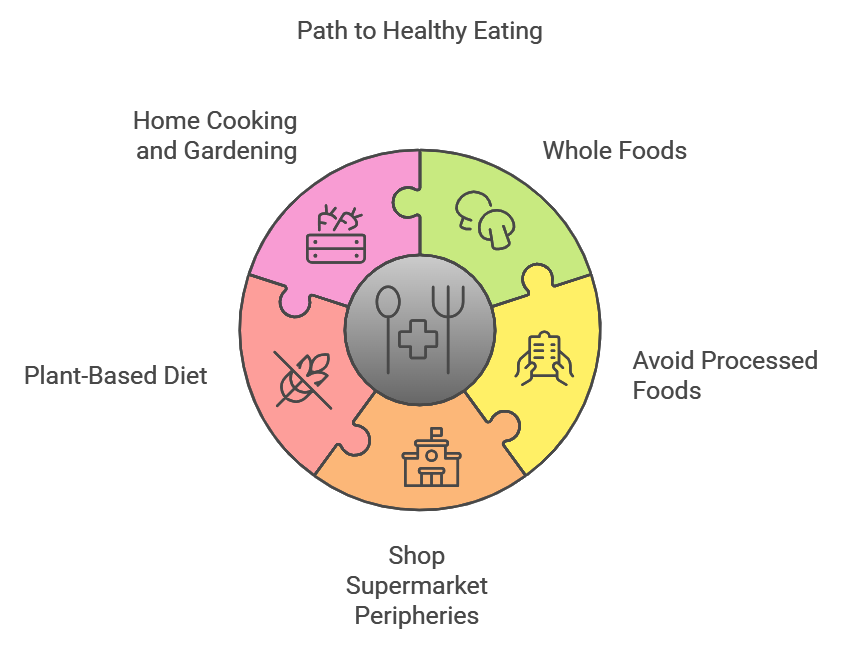
- Don’t eat anything your great grandmother wouldn’t recognize as food.
- Avoid food products that make health claims.
- Shop the peripheries of the supermarket and stay out of the middle.
- Eat mostly plants.
- Cook and, if you can, plant a garden.
Pollan advocates for a shift from a nutrient-focused approach to a more holistic and culturally informed way of eating. He argues that we need to reconnect with the sources of our food, understand the ecological relationships that sustain us, and cultivate a greater appreciation for the pleasure of eating.
Beyond personal health, Pollan suggests that reforming our eating habits can have broader social and environmental benefits. He sees a connection between our fast-paced, success-driven culture and the rise of fast food.
By slowing down, making time for meals, and investing more effort in procuring and preparing food, we can challenge the values of a fast-food culture and foster a more sustainable and fulfilling way of life.
Conclusion
In Defense of Food is not just a diet book; it’s a manifesto for a new way of thinking about food and its role in our lives.
It encourages us to move beyond the reductionism of nutritionism and embrace a more holistic and culturally informed approach to eating, one that nourishes our bodies and our souls.
Who should read “In Defense of Food: An Eater’s Manifesto”
- People interested in improving their diet and overall health: Pollan provides a clear and concise set of guidelines for healthy eating, emphasizing whole foods and traditional diets over processed foods and nutritional fads. The book challenges the prevailing notion of “nutritionism”, which reduces food to its individual nutrients, and encourages readers to focus on consuming real, unprocessed foods.
- People struggling with diet-related health issues: The book explores the link between the Western diet and chronic diseases like obesity, diabetes, heart disease, and cancer. By understanding the potential consequences of a highly processed diet, readers may be motivated to make healthier food choices.
- People skeptical of mainstream nutritional advice: Pollan critiques the overemphasis on individual nutrients and the constantly shifting dietary recommendations. He questions the validity of large-scale nutritional studies, highlighting their limitations and potential biases. This critical perspective encourages readers to think more deeply about the sources of nutritional information and make informed decisions about their diets.
- People interested in food culture and history: The book provides historical context for the development of the modern Western diet and its impact on health. Pollan examines the evolution of nutrition science and how it has shaped our understanding of food. He also explores the cultural significance of food and the importance of traditional diets.
- People seeking a more mindful approach to eating: Pollan advocates for a slower, more conscious way of eating that emphasizes the pleasure and social aspects of food. He encourages readers to pay attention to the quality of their food, where it comes from, and how it is prepared.
- People wanting to learn about sustainable agriculture and local food systems: The sources recommend getting out of the supermarket and exploring alternatives like farmers’ markets, community-supported agriculture programs (CSAs), and local farms. Pollan argues that by supporting local food systems, readers can access healthier, more flavorful food while also promoting a more sustainable food system.
Pollan’s writing is engaging and thought-provoking, making “In Defense of Food” an informative and enjoyable read for anyone interested in understanding the complex relationship between food, health, and culture.

Liked this In Defense of Food book summary? Read other book summaries here
You may also enjoy:
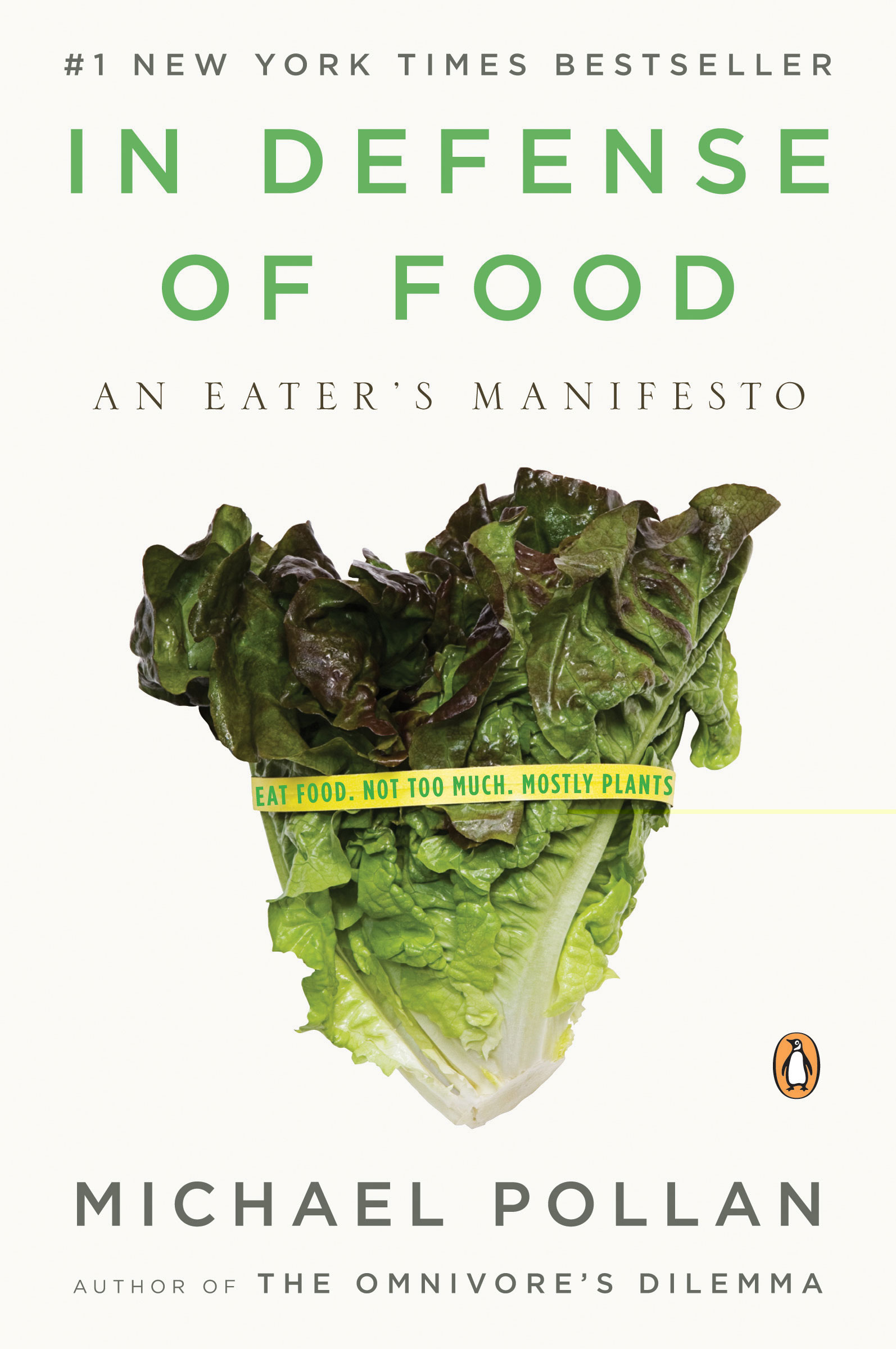

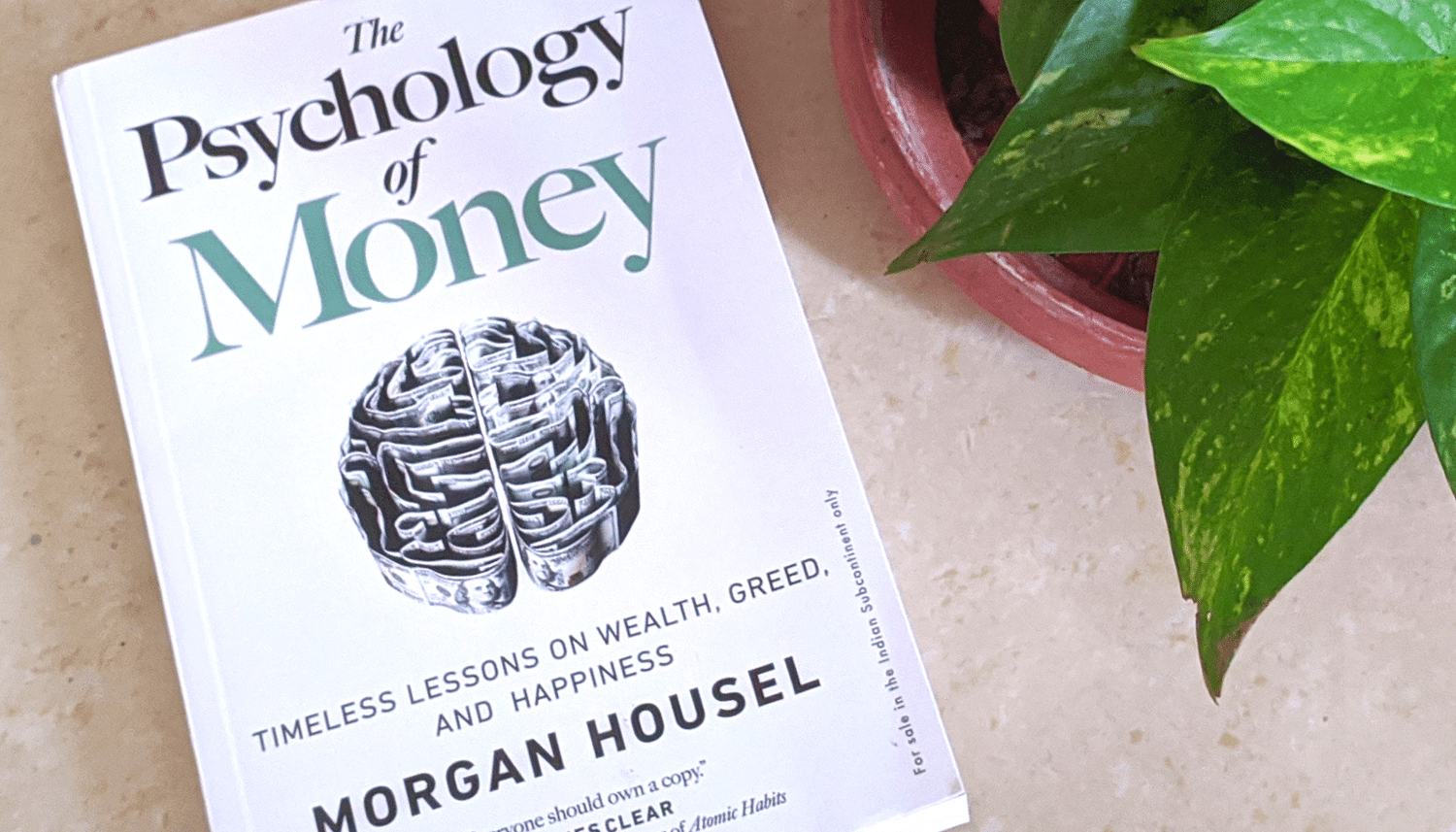
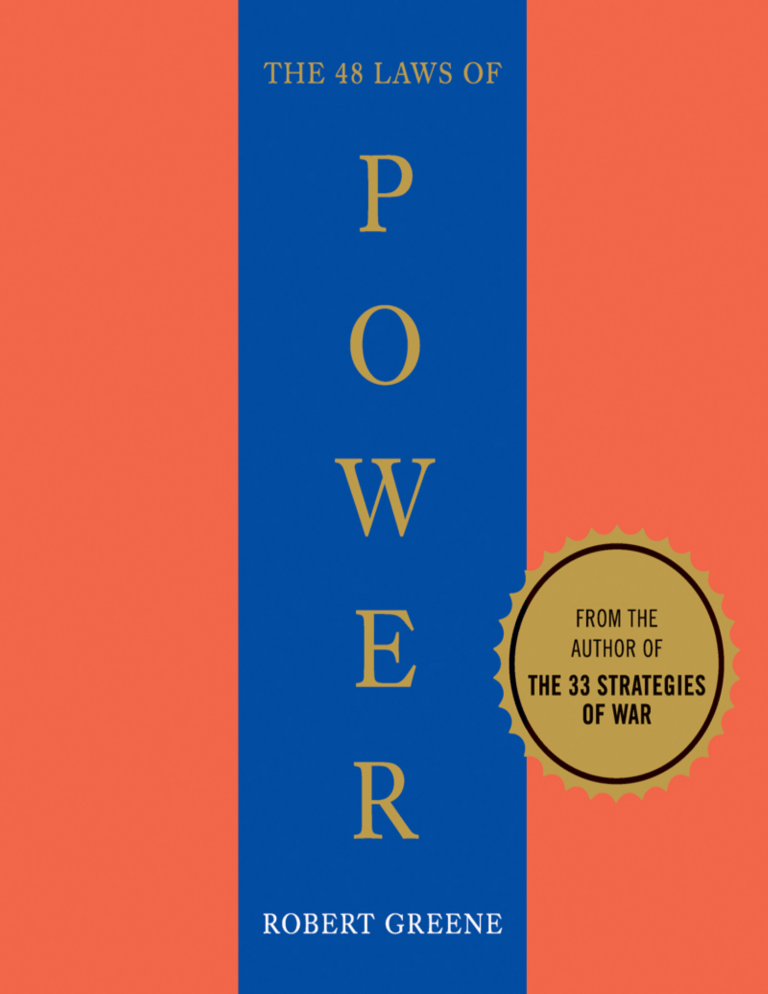

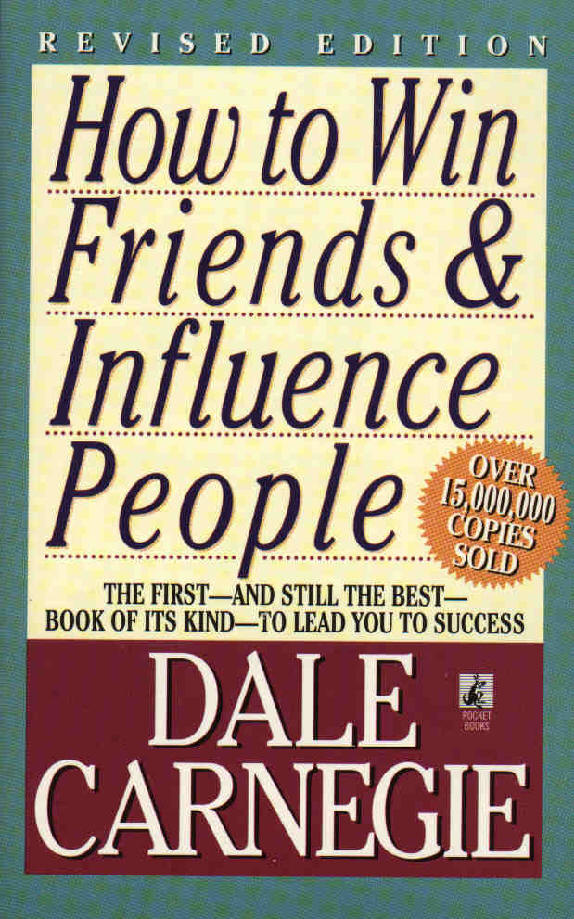


Leave a Reply to The Obesity Code Book Summary | Insights and Top Health Tips Cancel reply